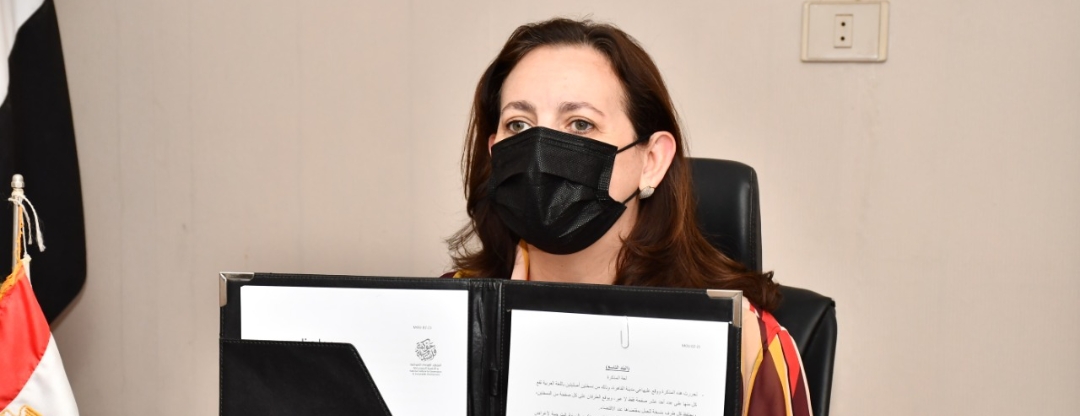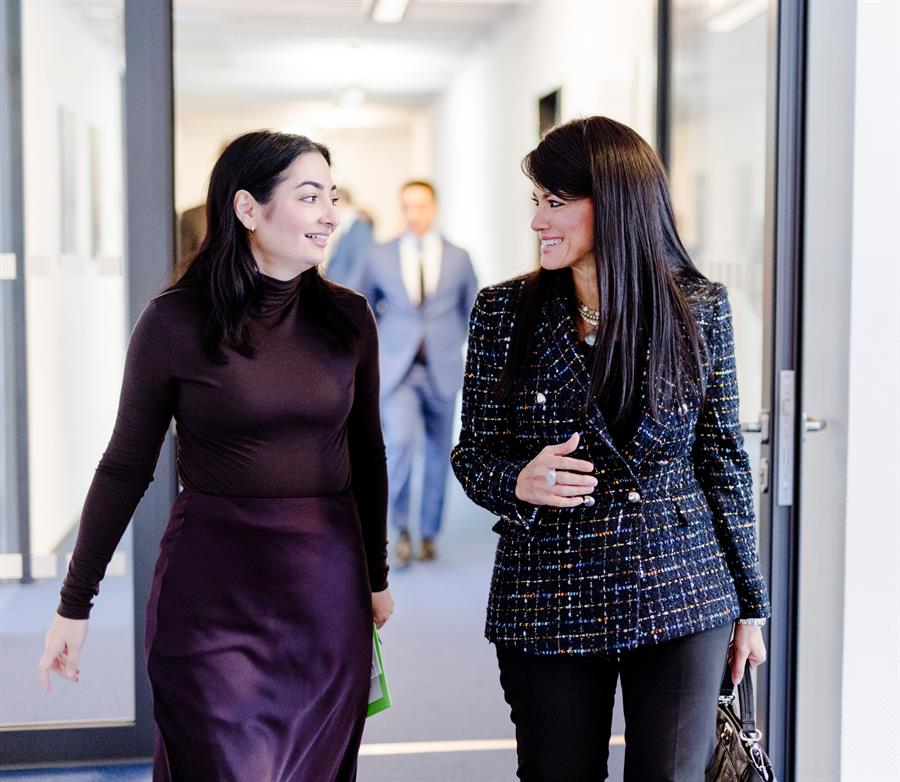Egypt’s NIGSD signs an MoU with Expolink to develop human capabilities in the field of entrepreneurship

04 June 2021
The National Institute for Governance and Sustainable Development (NIGSD), the training arm of the Ministry of Planning and Economic Development signed recently a memorandum of understanding (MoU) with the Egyptian Exporters Association – (Expolink) regarding enhancing cooperation in supporting the building and developing human capabilities in the field of entrepreneurship.
The memorandum was signed by Dr. Sherifa El-Sherif, Executive Director of NIGSD, and Eng. Khaled Abdel Moneim Ahmed Al-Mikati, Chairman of the Board of Directors of the Egyptian Exporters Association.
In this context, Dr. Hala El-Said, Minister of Planning and Economic Development and Chairperson of the Board of Trustees of Egypt’s NIGSD, said that the development of the human factor is an integral part of the reform and construction process.
This comes in light of Egypt's Vision 2030 and what it represents as an essential station in the comprehensive development process in Egypt and reforms in various fields.
Dr. Sherifa El-Sherif referred to the role of the National Institute for Governance and Sustainable Development; Which took upon itself the task of change and adopted a new approach to development and service provision, aiming to become a regional center for knowledge and to have an effective role in implementing national strategies, especially the sustainable development strategy: Egypt’s Vision 2030.
El-Sherif also indicated that NIGSD seeks to include all economic actors from the public and private sectors and civil society in the sustainable development process; this is in light of the institute’s approach of forming partnerships with relevant local and international institutions to expand its expertise and within the framework of achieving the goals of Egypt’s Vision 2030.
El-Sherif continued that the cooperation between the National Institute for Governance and Sustainable Development and the Egyptian Exporters Association – ( Expolink) comes to build local cadres in the field of entrepreneurship.
The cooperation also comes to ensure the participation of the largest possible number of entrepreneurs and those wishing to export by providing the opportunity to participate in the "Expolink Export Incubator Program", which provides advanced academic content through distance learning systems, to support comprehensive economic development and support the export journey for young entrepreneurs and recent graduate, innovative companies, local manufacturers, or existing companies that wish to export successfully to global markets.
This is in light of the existing cooperation between the Institute and the FEPS Business Incubator Program at Cairo University.









